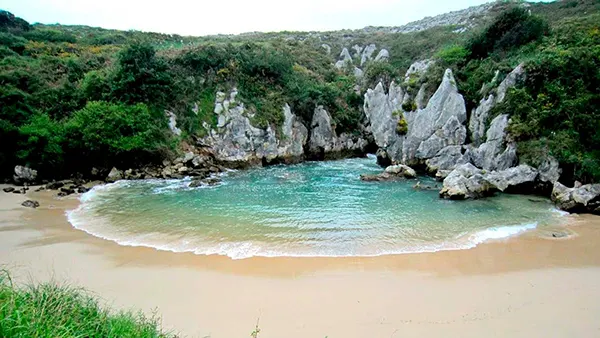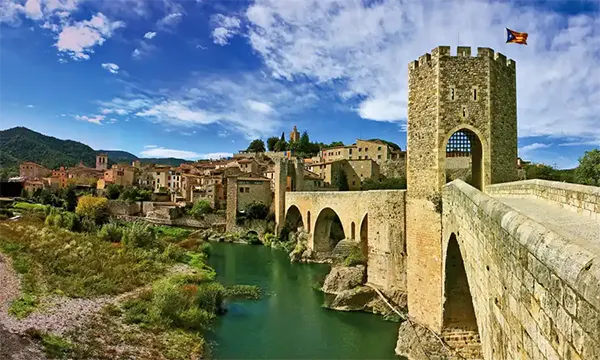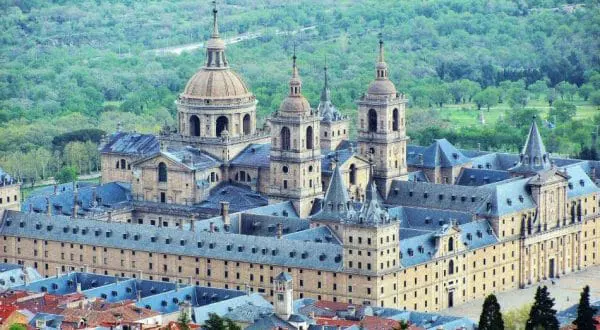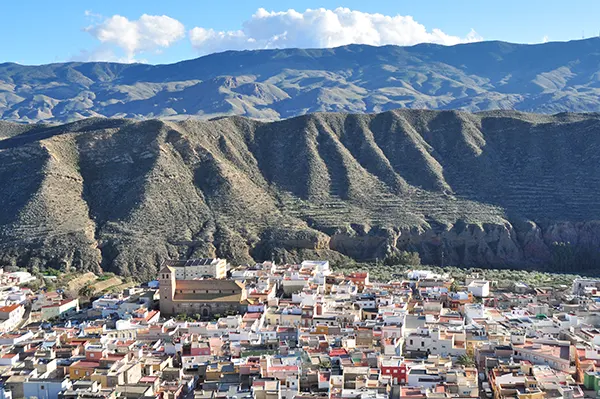The Secret Garden of the Juan March Foundation in Madrid

In the heart of Madrid’s elegant Salamanca district lies a cultural treasure that has remained out of the public eye for half a century — the Secret Garden of the Juan March Foundation. First established in the 1970s as a private space linked to the foundation’s headquarters, this tranquil retreat has recently been opened to visitors free of charge for the first time in its history. Today, it offers a rare combination of modern sculpture and natural landscaping, providing a peaceful green escape amidst the energy of the Spanish capital.
A Historic Space Revealed to the Public
The Juan March Foundation has long been known as a centre for the arts, hosting exhibitions, concerts, and cultural events that enrich Madrid’s intellectual life. However, few people knew of the garden hidden within its grounds. For decades, it was reserved for internal use, never accessible to the general public. Its 2025 opening marks a milestone not only for the foundation but also for the city, offering residents and tourists alike the chance to enjoy a secluded piece of art and nature in perfect harmony.
The garden’s reopening follows careful restoration work that respected its original design while ensuring it could handle regular public visits. Pathways have been improved, green spaces meticulously maintained, and artworks curated to create a thoughtful visual journey. This transformation ensures that the garden is now both historically authentic and practically accessible, without compromising its serene character.
Visitors will find a space designed not to overwhelm, but to invite slow exploration. Unlike larger parks or formal gardens, the Juan March Foundation’s retreat offers intimate corners where sculptures and plant life interact, creating an almost meditative atmosphere. It is this balance that makes the garden such an exceptional cultural addition to Madrid’s public spaces.
The Role of the Salamanca District
Salamanca is one of Madrid’s most prestigious neighbourhoods, known for its wide avenues, upscale shops, and refined architecture. The Secret Garden adds a new dimension to this district — a discreet cultural landmark that contrasts with the area’s bustling commercial life. Its location makes it easily accessible for those already exploring Salamanca’s museums, galleries, and boutiques.
The district’s reputation for elegance is reflected in the garden’s layout. Instead of grand, imposing structures, the space prioritises refinement and intimacy. This mirrors Salamanca’s architectural charm, where beauty is often found in details rather than scale. The result is a seamless integration between the garden and its urban surroundings.
For locals, the garden offers a moment of calm within their daily routines. For travellers, it provides an authentic slice of Madrid’s cultural depth, beyond the well-known tourist attractions. In both cases, it enriches the experience of Salamanca as a district that values art, history, and quality of life.
Modern Sculpture in a Natural Setting
One of the garden’s defining features is its collection of modern sculptures by renowned Spanish artists. Works by Eduardo Chillida, Eusebio Sempere, Gustavo Torner, and Cristina Iglesias are positioned throughout the space, creating a dialogue between contemporary art and organic forms. Each piece has been selected not only for its artistic merit but also for how it interacts with its surroundings.
Eduardo Chillida’s works, with their abstract shapes and use of iron and steel, bring a strong architectural presence to the garden. In contrast, Eusebio Sempere’s kinetic-inspired sculptures offer a sense of movement and lightness. Gustavo Torner’s pieces explore texture and form, while Cristina Iglesias contributes intricate, almost immersive installations that engage directly with natural elements such as water and light.
The result is a space where art is not confined to a gallery but integrated into the living environment. Visitors can walk among the sculptures, observe how sunlight changes their appearance throughout the day, and appreciate the deliberate positioning that frames each work within the garden’s trees and pathways.
Art as Part of the Visitor Experience
Unlike traditional exhibitions, the sculptures here are part of a continuous outdoor environment. This allows for a more personal interaction — visitors are not simply viewing art but experiencing it as part of a sensory journey. The sound of leaves in the wind, the scent of seasonal flowers, and the shifting shadows all contribute to the perception of each piece.
For the artists represented, the garden offers a setting that enhances their work’s meaning. Chillida’s geometric strength is softened by nature’s irregularity, while Sempere’s explorations of movement gain an extra dimension from real wind and light. Iglesias’s installations, in particular, gain depth when placed among living elements that echo their themes.
This integration of art and nature reflects a wider trend in contemporary museology, where outdoor spaces become extensions of cultural institutions. It also aligns with the foundation’s mission to make art more accessible, not only in terms of entry but in how people experience it physically and emotionally.
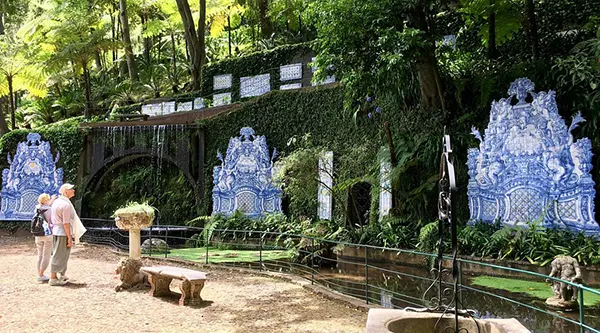
A Quiet Urban Oasis
The Secret Garden is not intended to compete with Madrid’s larger green spaces like El Retiro or Casa de Campo. Instead, it offers something more intimate — a carefully curated refuge where visitors can slow down and engage with both nature and culture. Its size and design encourage a measured pace, allowing for reflection and appreciation.
The planting scheme complements the artworks without overshadowing them. Mediterranean species dominate, with olive trees, lavender, and aromatic shrubs contributing to a distinctly Spanish atmosphere. Seasonal changes add another layer of interest, ensuring that repeat visits reveal new aspects of the space.
Benches are discreetly placed, providing opportunities to sit and absorb the surroundings. The absence of heavy tourist traffic adds to the tranquillity, making the garden an appealing destination for those seeking a quieter, more contemplative side of Madrid.
Planning a Visit in 2025
As of its 2025 public opening, the garden is free to enter during the foundation’s operating hours, typically aligning with its exhibition schedule. While no booking is required, visitor numbers are managed to preserve the garden’s peaceful character. Photography is permitted, though tripods and large equipment may be restricted to maintain accessibility.
Located within easy walking distance of major Salamanca attractions, the garden can be combined with visits to nearby museums or cultural institutions. Its modest size means it can be enjoyed in under an hour, but many visitors choose to linger longer, using the space as a resting point between other activities.
For those interested in contemporary Spanish art, the garden offers a rare opportunity to see major works in a setting designed to complement them. For others, it is simply a beautiful place to pause and enjoy a moment of calm in one of Madrid’s most refined districts.

